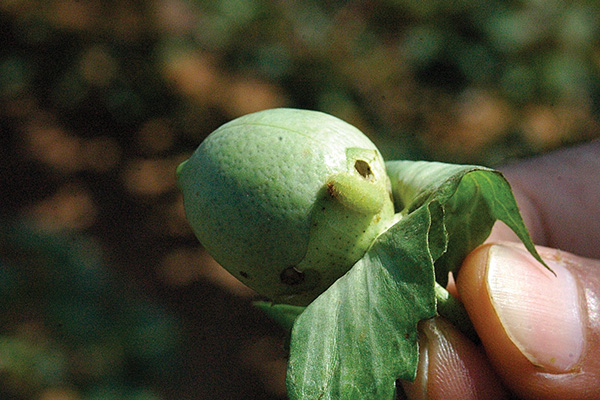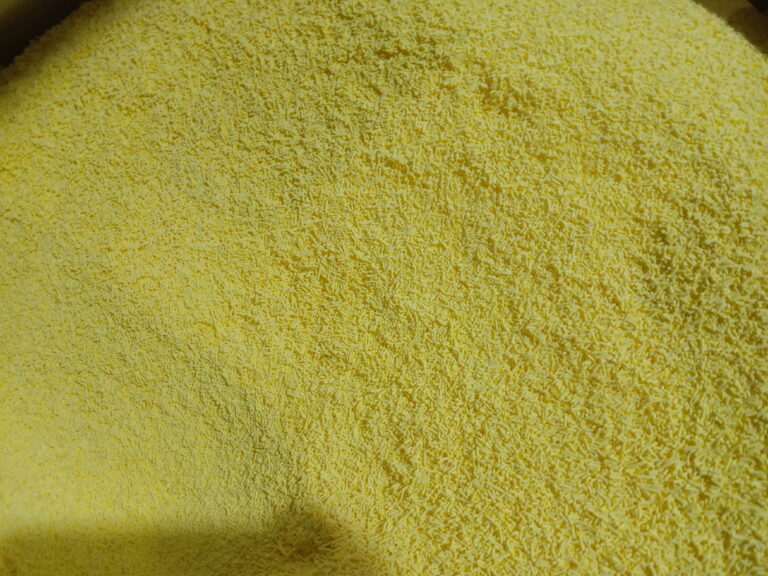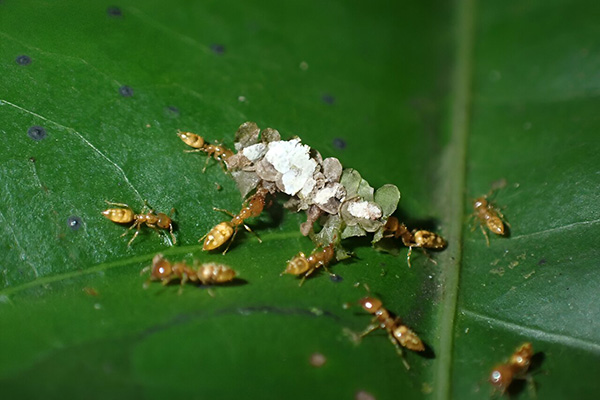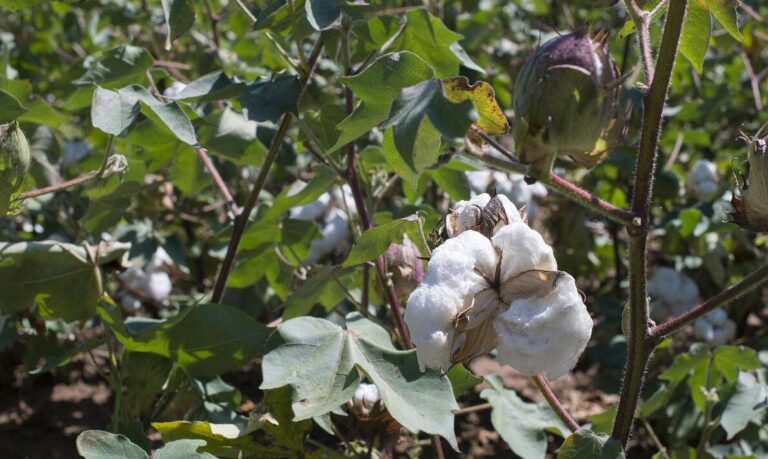Mesosulfuron-methyl, which is absorbed by the stem and leaves of weeds and quickly spreads to all parts of the weed. By inhibiting the biosynthesis of essential amino acids such as valine and isoleucine, it prevents cell division and growth, leading to the death of sensitive weeds. Generally, 2-4 hours after application, the absorption of sensitive weeds reaches its peak, and 2 days later, growth stops. After 4-7 days, the leaves begin to yellow, and 2-4 weeks later, the weeds die.
Unlike other herbicides, Mesosulfuron-methyl acts on both weeds and wheat after spraying. However, due to the presence of a “safener” – pyrazolone herbicide, which detoxifies wheat but not weeds, it can kill weeds such as jointed goatgrass, wild oats, barnyardgrass, and Japanese brome that are closely related to wheat. This new technology has successfully solved the world’s difficult problem of controlling weeds in wheat fields.

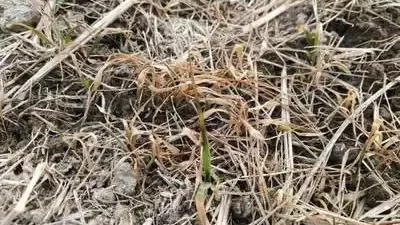
The main features of Mesosulfuron-methyl are as follows:
(1) Wide spectrum of weed control: Mesosulfuron-methyl can kill almost all weeds in wheat fields, such as jointed goatgrass, wild oats, barnyardgrass, Japanese brome, early-maturing wheatgrass, hard grass, stickweed, barnyardgrass, and blackgrass. It also has a good killing effect on some broad-leaved weeds such as shepherd’s purse, sowthistle, and self-seeded rapeseed, especially for the most difficult-to-control jointed goatgrass and wild oats.
(2) Strong selectivity: Mesosulfuron-methyl is highly selective and can only be used on soft and semi-hard winter wheat varieties, not on other crops.
(3) Short residual effect in the soil, which does not affect the growth of subsequent crops.

